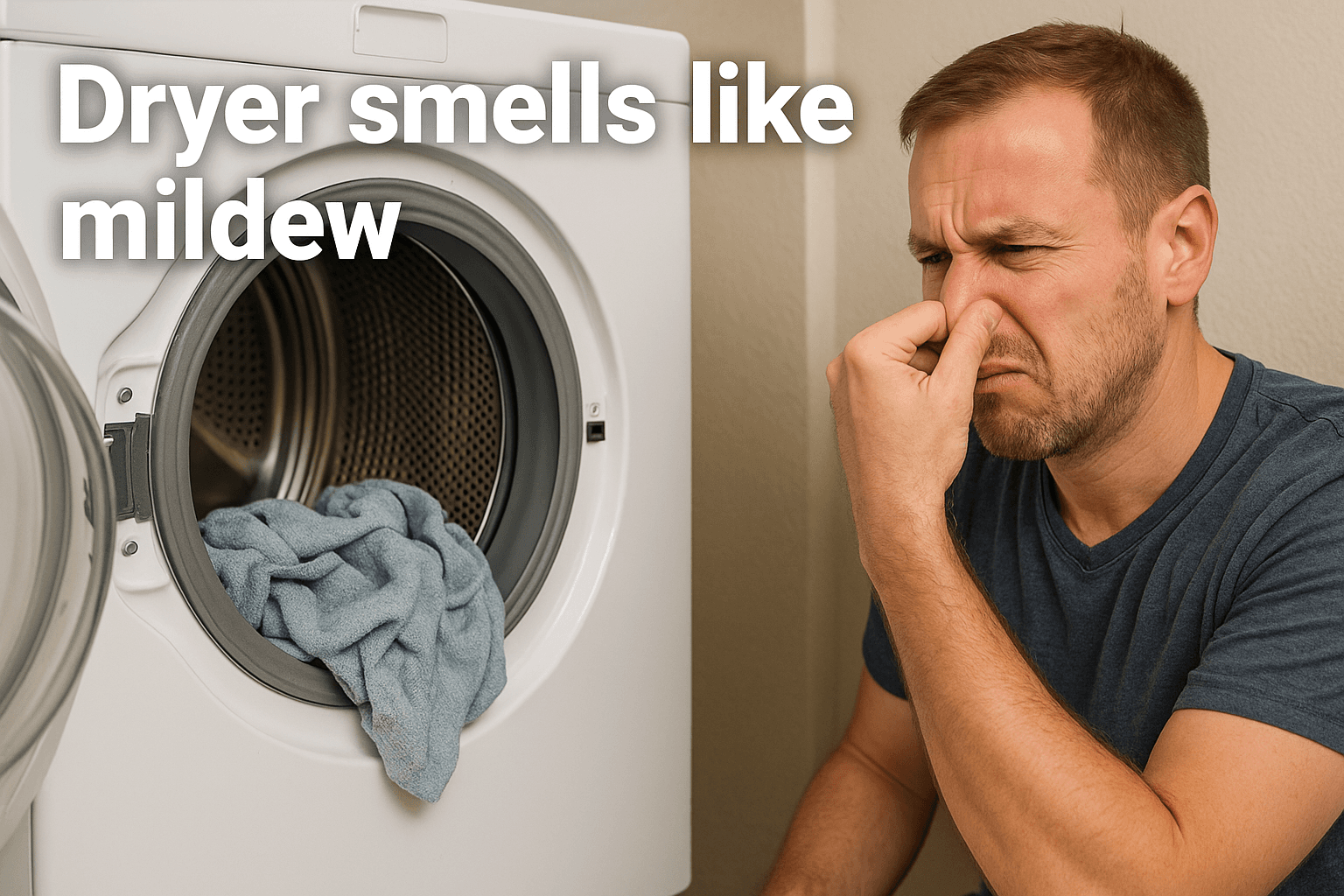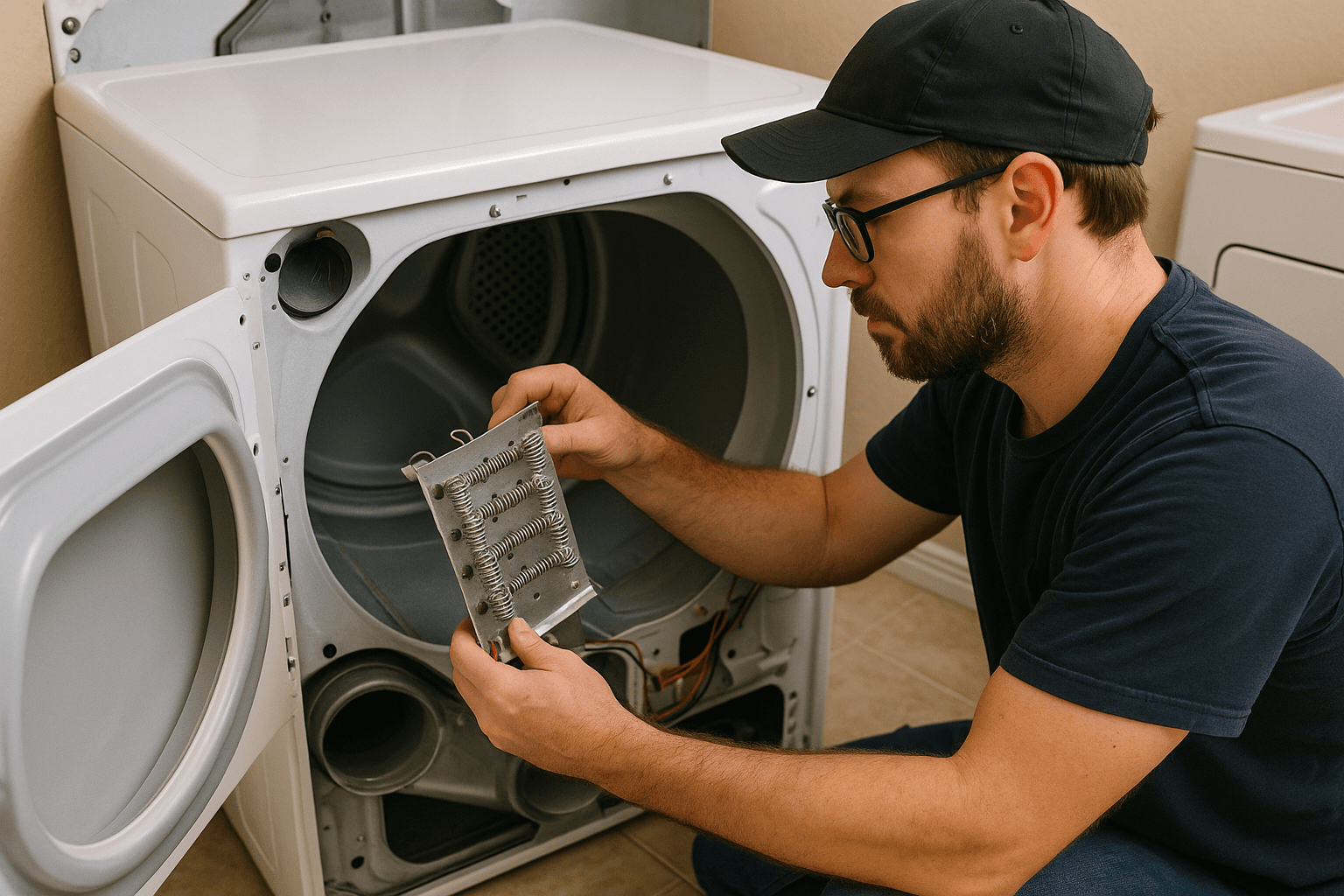Repair help
Dryer Getting Too Hot? Here's What You Need to Know
AZparts Team
Updated on July 30, 2025
6 min read
Is your dryer getting too hot and leaving your clothes scorched or is your laundry room overheated? Overheating is more than just a nuisance, it can be a serious fire hazard. At AZParts, we understand the risks and offer reliable solutions to help you diagnose and fix the problem quickly. From expert guidance to high-quality replacement parts, we’re here to keep your dryer running safely and efficiently.
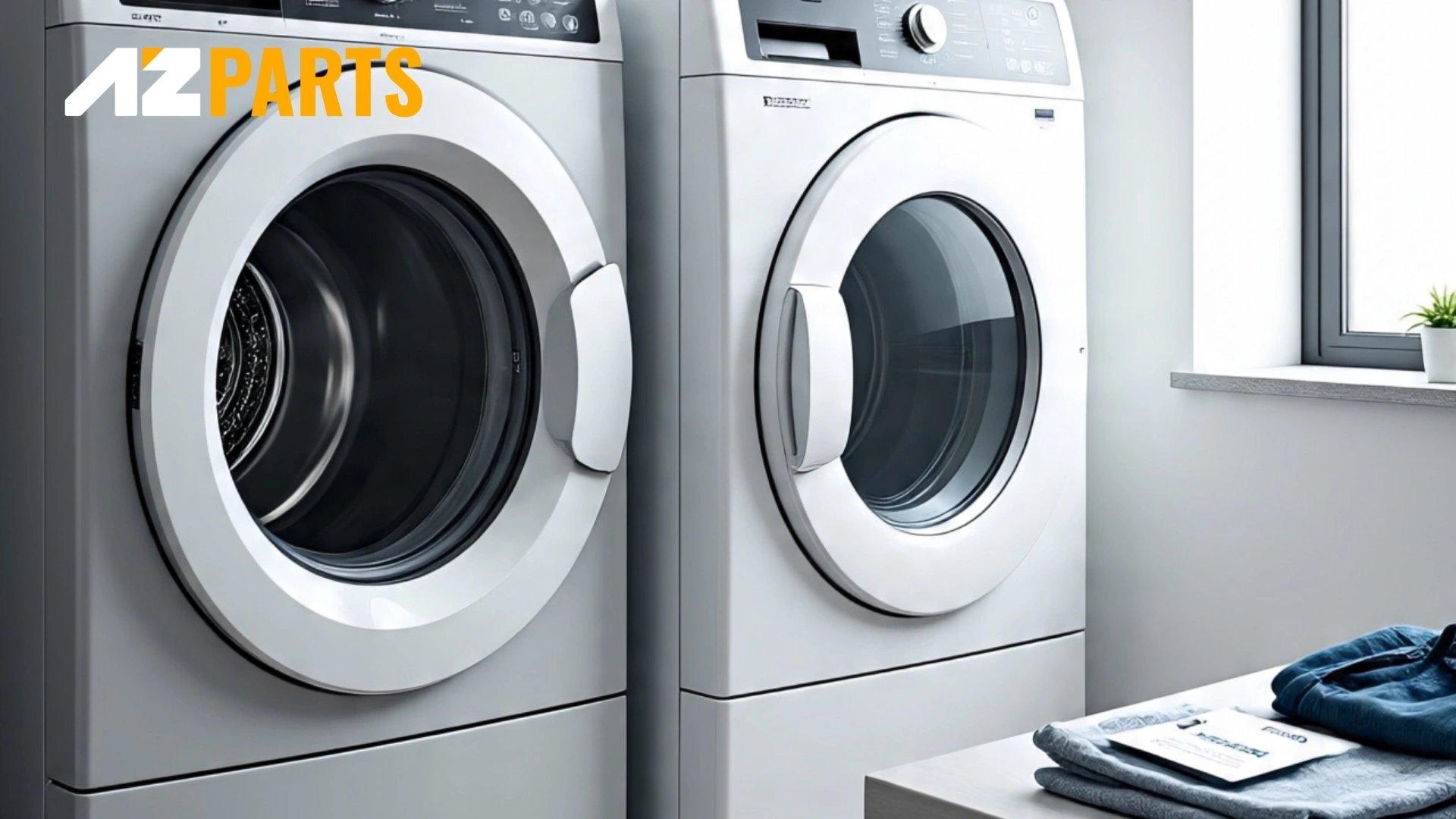
1. Common Reasons Why Your Dryer Is Getting Too Hot
Before diving into solutions, it’s important to understand what might be causing your dryer to overheat. Here are the most common reasons related to dryer parts to watch out for:
1.1. Blocked Airflow or Lint Buildup
The most common reason a dryer gets too hot or doesn’t dry well is poor airflow. If there’s a blockage inside the dryer’s duct, the hot air can’t escape and gets trapped inside. Also, if the hose connecting your dryer to the wall is bent or clogged with lint, the hot air will leave more slowly, causing the inside of the dryer to overheat.
Lint buildup can also occur in the dryer vent or duct, exacerbating airflow issues. In some cases, the exhaust vent on the outside of your home (roof or wall) might not open fully, which also blocks airflow.
1.2. Faulty Heating Element
The dryer heating element is what heats the air inside. If it’s not working correctly, it might keep heating even after the dryer is already hot enough. This can make the dryer too hot. To check if the heating element is the problem, you can use a multimeter to test whether it still has electrical continuity.
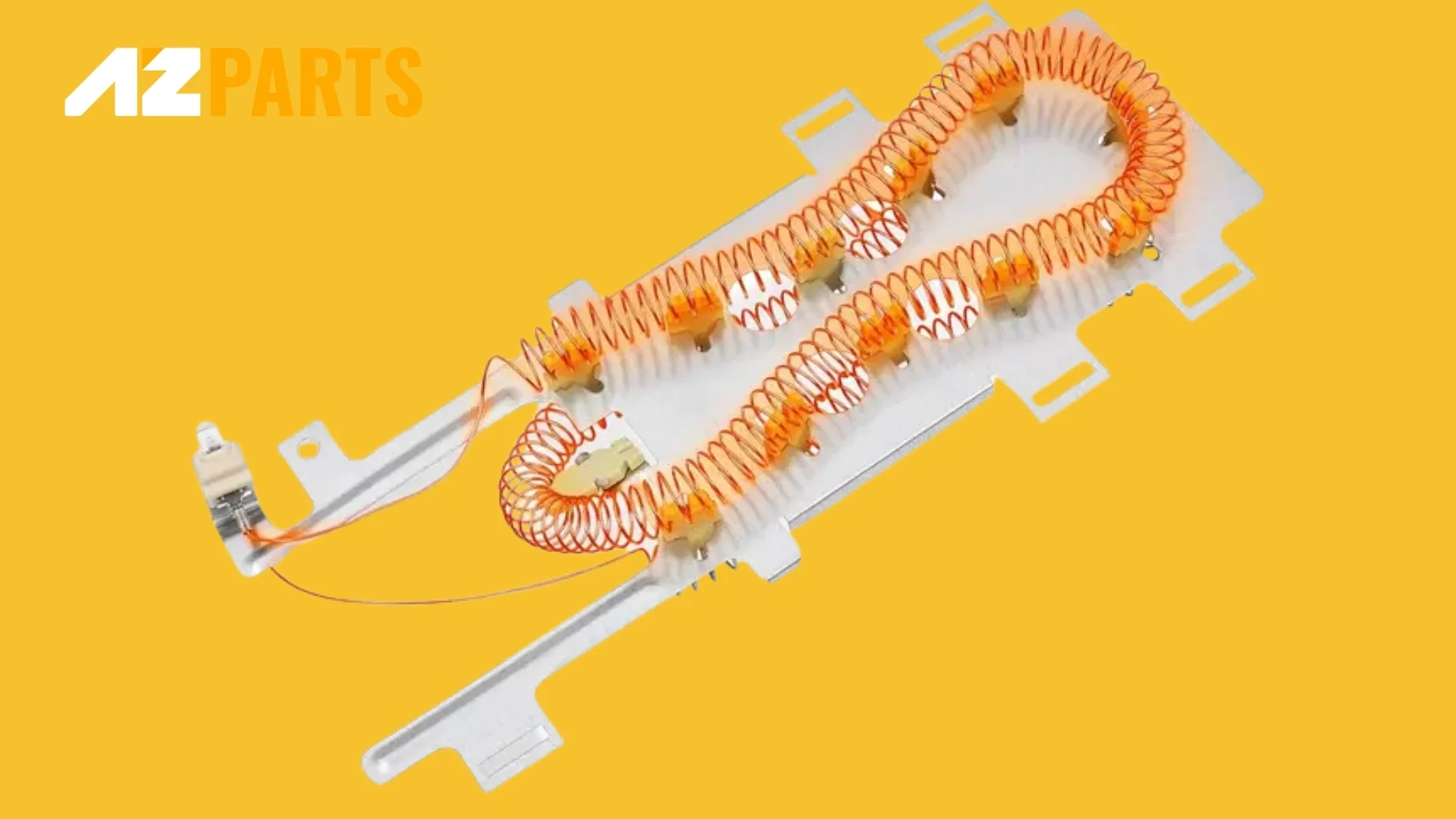
The heating element is what heats the air inside your dryer (Source: AZParts)
1.3. Malfunctioning Cycling Thermostat
The cycling dryer thermostat turns the heat on and off to keep at the right temperature. If it’s not working properly, it might leave the heat on for too long, making the dryer too hot. If everything else seems fine, you can test the thermostat using a multimeter to see if it has continuity.
1.4. High-Limit Thermostat (Thermal Fuse) Problems
The high-limit thermostat, also called the dryer thermal fuse, is a safety device that shuts off the heat if the dryer gets too hot. If the dryer reaches a dangerous temperature, this fuse will stop the heating element or even turn off the whole machine.
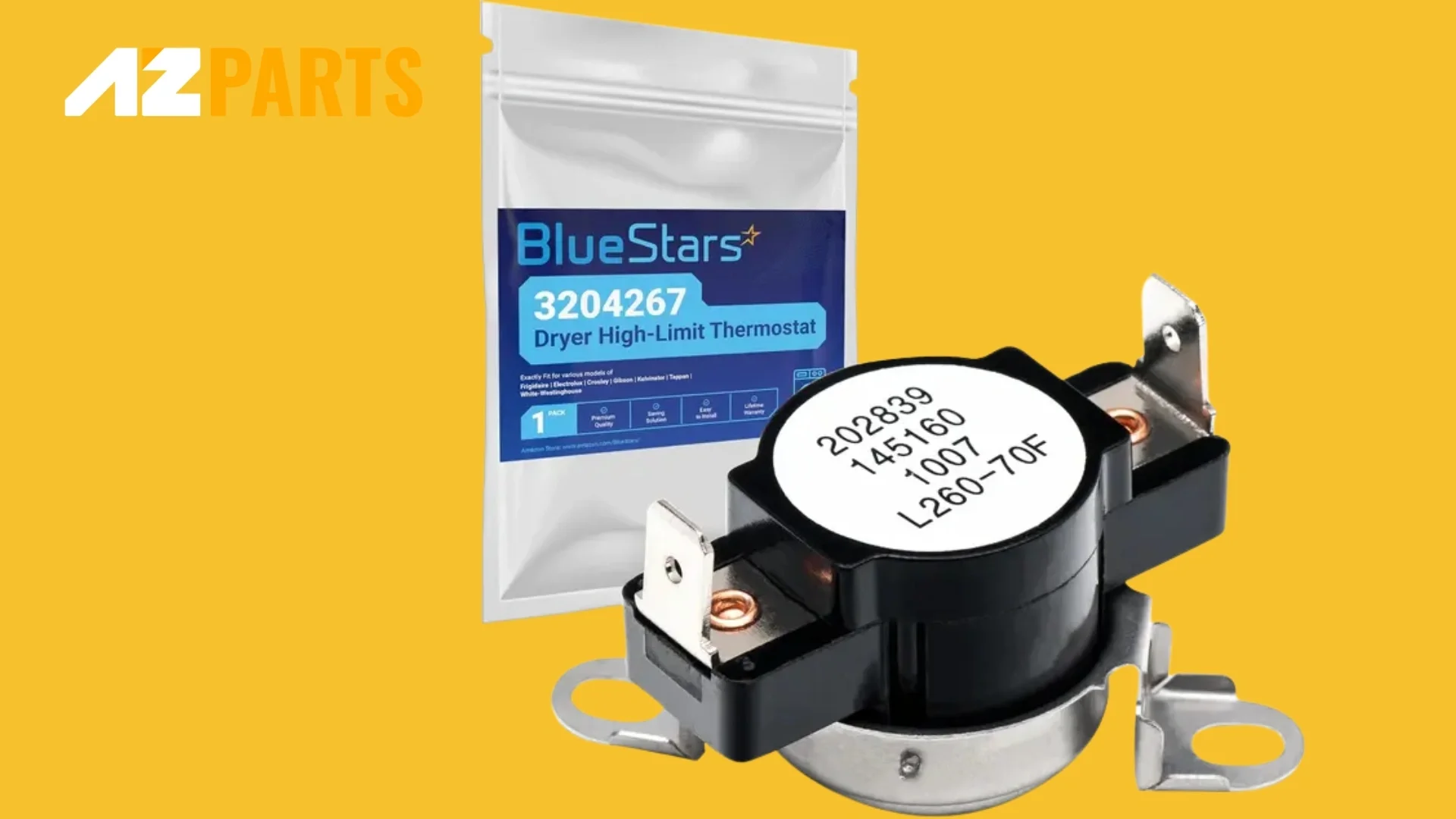
The thermal fuse is a safety device that shuts off the heat (Source: AZParts)
However, you shouldn’t rely on it to stop a fire. If the main thermostat (cycling thermostat) is broken and the high-limit thermostat keeps getting triggered, it can wear out quickly. If both thermostats fail, it could be very dangerous. You should test both with a multimeter, and if either one has a problem, contact a local appliance repair technician to replace them.
1.5. Overloading the Dryer
It’s easy to overload your dryer when you’re in a rush, but putting in too many clothes blocks airflow and can cause the dryer to overheat. To stay safe and dry your clothes properly, try not to fill the drum more than about three-quarters full.
1.6. Incorrect Dryer Settings
Not all fabrics can handle the same amount of heat. Some dryer settings get hotter than others, so it’s important to check the care labels on your clothes. Make sure you’re using the right setting for each type of load to avoid overheating or damaging your clothes.
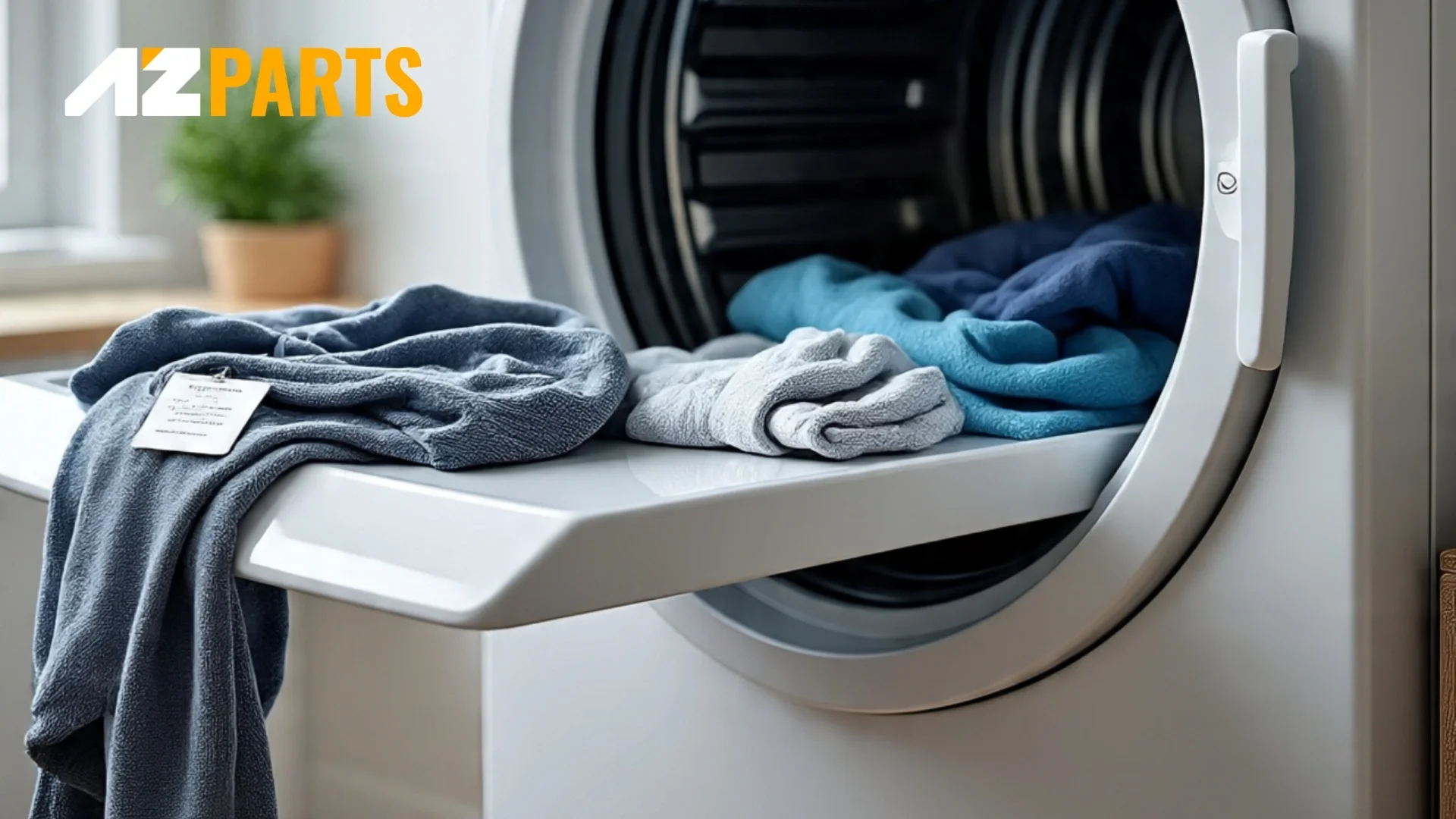
Make sure you’re using the right setting for each type of load (Source: AZParts)
1.7. Damaged Drum Seals or Blower Wheel Issues
Most dryers have a felt seal around the front and back of the drum to keep heat inside while the machine runs. If this seal is damaged or missing, heat can escape the wrong way, making the dryer hotter than it should be. Check the felt to make sure it’s still in place and create a tight seal between the drum and the front or back of the dryer.
2. How to Prevent Your Dryer From Overheating
Taking care of your dryer is important to keep it running safely and efficiently. Skipping regular maintenance can lead to problems like overheating. Here are some easy tips to help keep your dryer in good shape:
- Clean the lint filter after every load: This helps air flow properly and prevents lint buildup inside the dryer.
- Check and clean the vent system once a year: Lint and debris can block the vents over time, so it's a good idea to inspect and clean them yearly to keep the air moving freely.
- Don’t overload your dryer: Stick to the recommended load size from the manufacturer to avoid overheating.
- Use the right vent materials: Avoid plastic or vinyl dryer vent hoses—they can melt and block airflow. Always use metal ducting (rigid or flexible) to keep things safe and well-ventilated.
- Make sure your dryer has room to breathe: If it’s stuck in a tight spot with little airflow, it can overheat. Place your dryer in an open area with enough space around it for air to circulate.
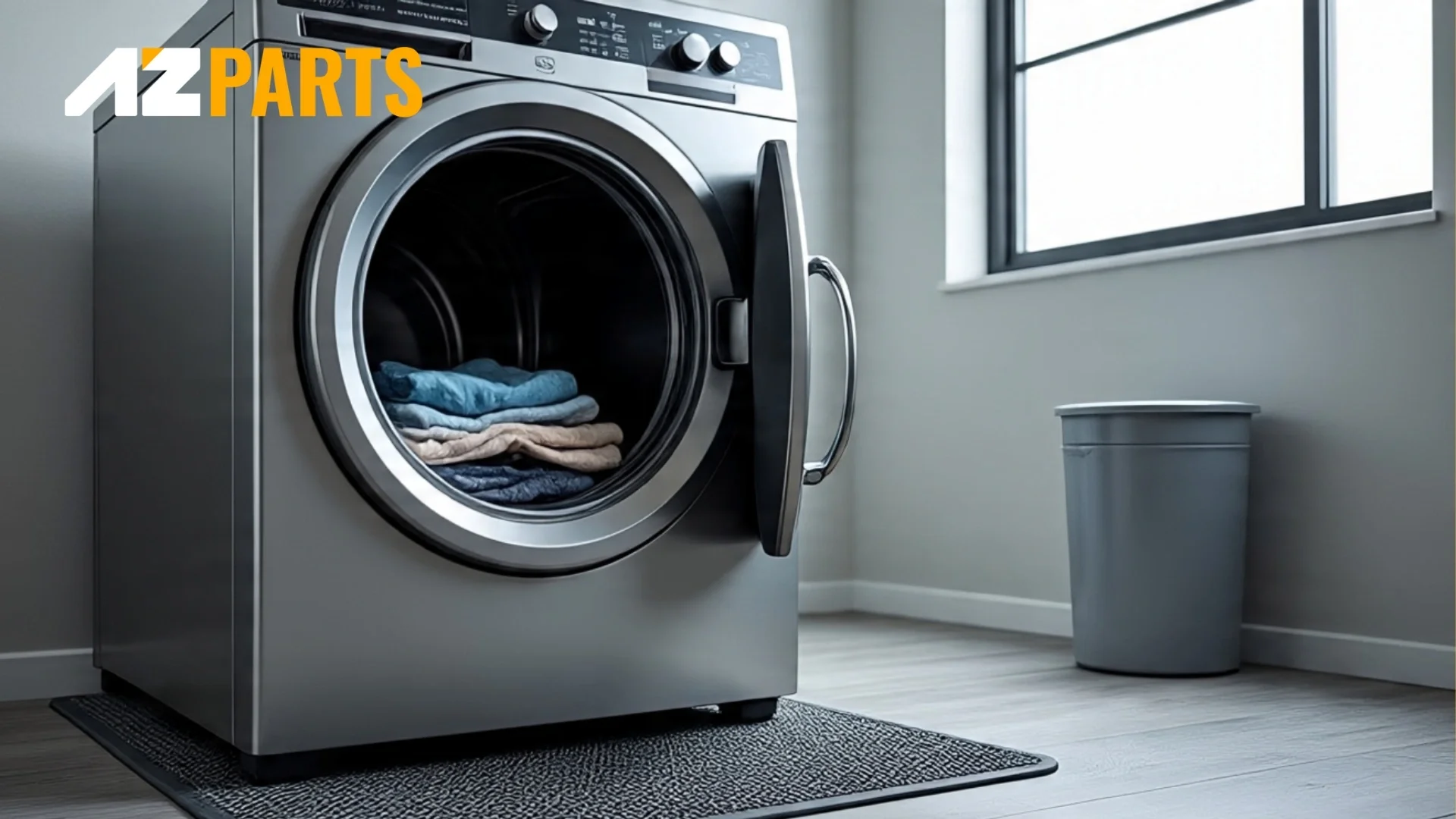
Taking care of your dryer is important to keep it running safely and efficiently (Source: AZParts)
3. FAQs About Dryer Overheating
3.1. Can a clogged lint trap cause a dryer to overheat?
Yes. A clogged lint trap blocks airflow, forcing the dryer to work harder and causing it to overheat. When airflow is restricted, whether from the lint trap, duct, or vent system, it leads to higher internal temperatures and can even pose fire hazards.
3.2. Is it safe to keep using a dryer that’s overheating?
No, it's not safe. Overheating can damage internal components, shorten the dryer’s lifespan, and create fire hazards. If the machine feels excessively hot, shuts off randomly, smells like burning, or has blocked airflow, stop using it immediately and inspect/clean the venting system.
3.3. How much does it cost to fix an overheating dryer?
Repairs typically range between $100–$300, depending on the issue. Here’s a breakdown of common repairs related to overheating:
- Thermostat or thermal fuse replacement: $75–$150
- Heating element replacement: $150–$350
- Clogged vent cleaning: $80–$185
- Service call + labor: $50–$125/hour (often a flat diagnostic fee is credited if repaired)
If your dryer is getting too hot, don’t ignore the warning signs. Overheating can not only damage your appliance but also pose a serious safety risk to your home. By understanding the common causes - from clogged lint traps to faulty thermostats - and following simple maintenance tips, you can keep your dryer running safely and efficiently.
For trusted, high-quality dryer replacement parts and expert support, visit AZParts. Whether you need a new heating element, thermostat, or venting solution, AZParts has everything you need to fix your dryer the right way, fast and hassle-free.
Learn more about how to repairing other dryer's issues:
Contact Info
Address: 8 The Green, Ste A, Dover, Delaware 19901-3618, United States
Email: support@azparts.com
Dryer
Further Reading
Further Reading

